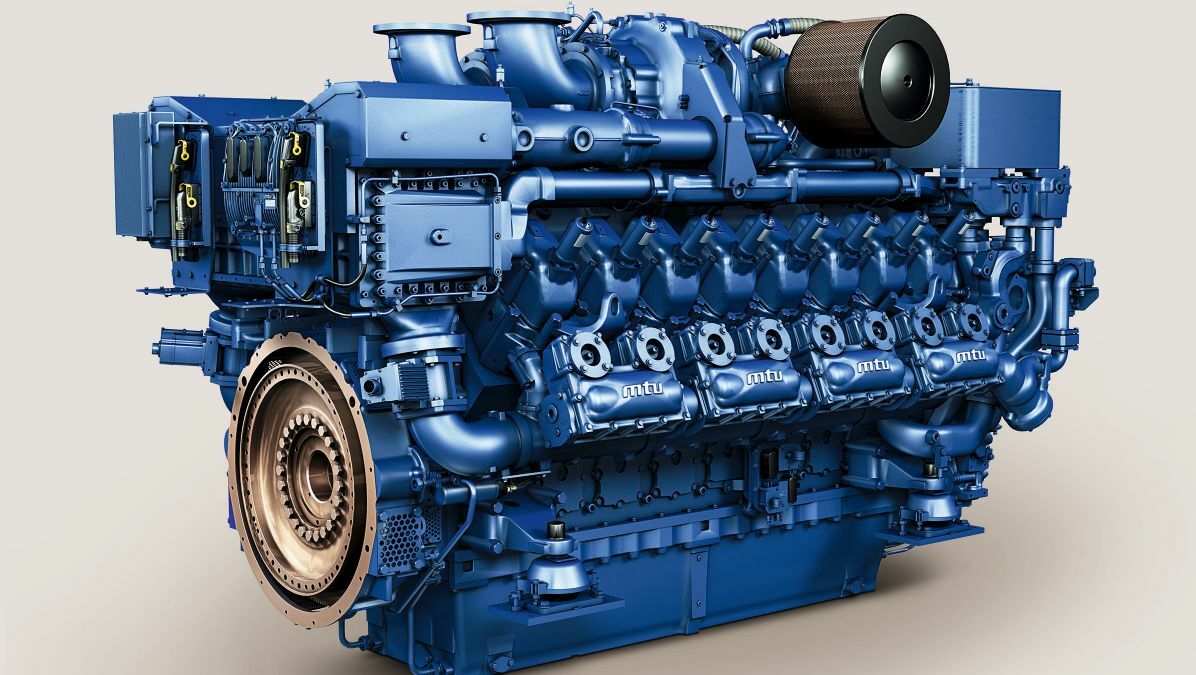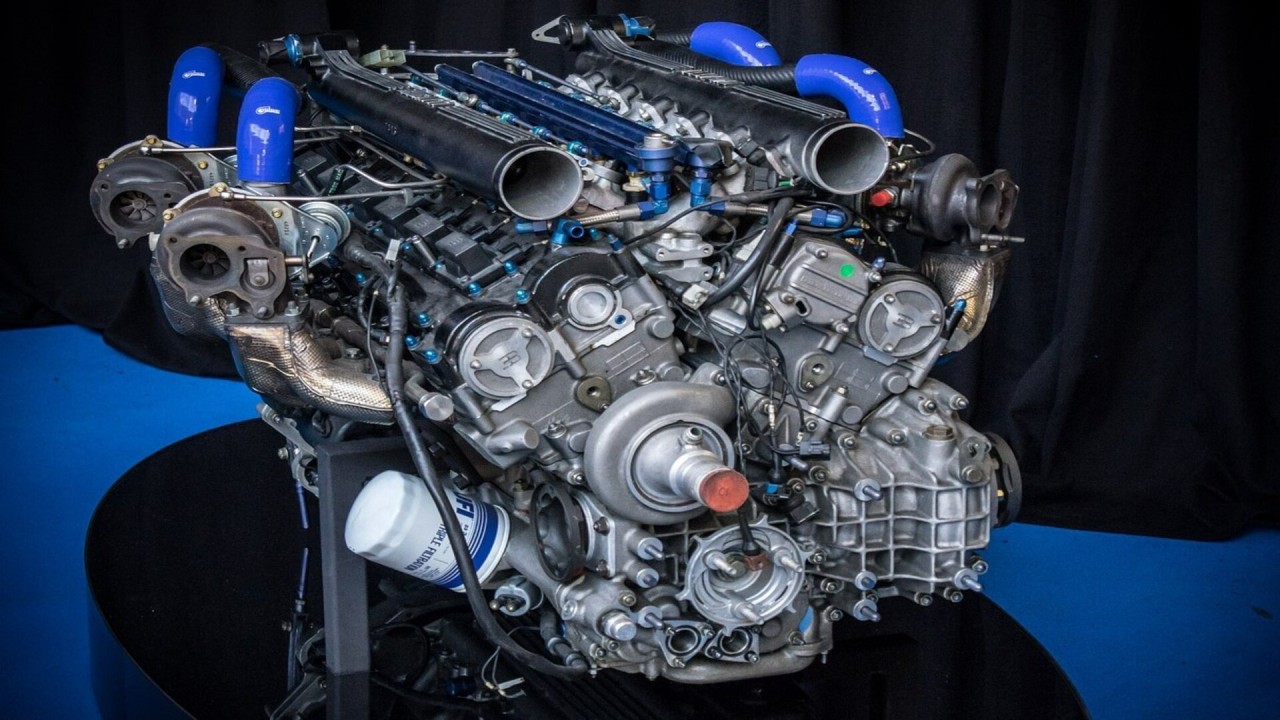The Evolution of High-Performance Automotive Powerplants: An Extensive Summary of Cutting-Edge Engine Technologies in the Modern Automotive Market
The quest for extra effective, powerful, and ecologically conscious engines has actually led to a myriad of developments that have actually reshaped the means we think regarding vehicle power. From turbocharging advancements to the smooth integration of crossbreed powertrains, the world of high-performance engine innovations proceeds to push borders and redefine possibilities.
Turbocharging Advancements
The evolution of high-performance vehicle powerplants has actually been considerably affected by continuous improvements in turbocharging innovations. Turbocharging has reinvented the automotive market by giving a more effective methods of increasing engine power outcome without dramatically increasing engine displacement. By taking advantage of exhaust gases to drive a turbine that compresses the incoming air right into the engine, turbochargers properly increase the air-fuel mix's thickness, causing boosted combustion and higher horsepower levels.
One of the crucial innovations in turbocharging technology is the development of variable geometry turbos (VGTs) or variable nozzle wind turbines (VNTs) These systems enable for extra specific control over boost levels, reducing turbo lag and improving engine reaction across a broader variety of RPMs. In addition, twin-scroll turbochargers have actually come to be preferred in high-performance applications as a result of their capacity to different exhaust pulses for far better power application.
Crossbreed Powertrain Assimilation
Proceeding the trajectory of technical improvements in vehicle powerplants, the combination of crossbreed powertrains marks a considerable shift towards enhancing both performance and efficiency in modern-day automobiles. Crossbreed powertrains integrate traditional internal burning engines with electrical motors, permitting enhanced fuel economy, reduced exhausts, and raised power outcome (engines for africa). By effortlessly blending the strengths of both source of power, crossbreeds provide a versatile solution that provides to varying driving problems and needs
One key benefit of crossbreed powertrain integration is the capacity to regain energy throughout braking or coasting, storing it in the lorry's battery for later use. This regenerative stopping function not only boosts effectiveness but additionally contributes to expanding the general variety of the lorry. Furthermore, the instant torque distribution of electric motors enhances the power delivery of inner combustion engines, causing enhanced velocity and responsiveness.
Car manufacturers are continuously fine-tuning crossbreed powertrain innovations, intending to strike an equilibrium between efficiency and sustainability. engines for africa. As customer demand for green yet powerful cars expands, the assimilation of hybrid powertrains is poised to play an essential duty in shaping the future of vehicle propulsion systems

Advanced Gas Shot Equipments
With innovations in automotive technology, the implementation of advanced fuel injection systems has transformed the effectiveness and performance of modern cars. These advanced fuel delivery systems have replaced traditional carburetors due to their superior precision in supplying gas to the engine. Straight fuel injection, where fuel is sprayed straight into the combustion chamber, enables better control over fuel-air mixture, causing boosted power outcome and fuel efficiency.
One of the vital advantages of sophisticated fuel injection systems is their capacity to adjust to varying driving problems in real-time. This versatility makes sure optimal my review here engine efficiency throughout different situations, whether it be throughout hostile acceleration or travelling at a consistent speed. Additionally, modern-day fuel injectors are designed to atomize gas a lot more efficiently, promoting cleaner burning and decreasing hazardous exhausts.
Moreover, advanced gas injection systems play a crucial duty in allowing the implementation of various other innovative engine modern technologies, such as turbocharging and variable valve timing, more improving the total power and effectiveness of high-performance automotive powerplants.
Performance-Enhancing Electronic Devices

One secret modern technology that exhibits this is the Electronic Control Device (ECU), which serves as the brain of the engine management system. The ECU processes real-time data from different sensing units to specifically regulate ignition timing, gas shot, and other crucial specifications, leading to enhanced power shipment and gas efficiency. Additionally, technologies like variable valve timing (VVT) and electronic throttle control (ETC) further add to making the most of engine performance by adjusting valve opening times and throttle responses based on driving problems.
In addition, performance-enhancing electronic devices make informative post it possible for attributes such as launch control, grip control, and adaptive suspension systems, enhancing both the driving experience and overall vehicle efficiency. The continual advancement and combination of these sophisticated electronic systems remain to press the limits of automobile engineering, leading to more effective, effective, and technologically progressed high-performance automobiles.
Future Patterns in Engine Development
As auto powerplants breakthrough with the combination of performance-enhancing electronics, the trajectory of engine development is positioned to embrace future patterns that will redefine the landscape of high-performance automobiles. One noticeable fad imminent is the ongoing downsizing of engines without compromising power outcome. This downsizing is accomplished via modern technologies like turbocharging and electrification, allowing smaller sized engines to provide the efficiency of bigger ones while boosting gas efficiency.
Another key fad is the enhancing fostering of crossbreed powertrains in high-performance cars. Hybrid systems integrate inner combustion engines with electrical motors to enhance acceleration and general performance while decreasing emissions. Additionally, improvements in materials science are driving the development of lighter and more powerful engine components, adding to enhanced effectiveness and power-to-weight proportions.
Moreover, the market is moving towards even more sustainable practices, with an expanding focus on alternative fuels such as biofuels, hydrogen, and artificial fuels. These eco-friendly options not just reduce the ecological influence of high-performance automobiles however also supply possibilities for additional enhancing engine efficiency. In general, the future of engine development in the automotive industry is defined by sustainability, innovation, and efficiency.
Final Thought
To conclude, the automotive sector has seen considerable improvements in high-performance engine innovations, consisting of turbocharging advancements, hybrid powertrain integration, advanced fuel shot systems, and performance-enhancing electronic devices. These growths have actually changed the capacities of modern powerplants, resulting in enhanced effectiveness, power output, and overall performance of vehicles. As technology remains to evolve, future fads in engine growth are anticipated to additionally improve the performance and sustainability of automotive powerplants.
Turbocharging has actually changed the auto market by offering a more efficient methods of raising engine power outcome without considerably enhancing engine displacement.As auto powerplants development with the combination of performance-enhancing electronics, the trajectory of engine growth is poised to embrace future fads that will redefine the landscape of high-performance vehicles. On the whole, the future of engine advancement in the automobile industry is defined by advancement, sustainability, and effectiveness.
In verdict, the automobile sector has seen substantial advancements in high-performance engine modern technologies, including turbocharging technologies, hybrid powertrain combination, progressed fuel shot systems, and performance-enhancing electronics. As innovation proceeds to develop, future fads in engine development are expected to better enhance the efficiency and sustainability of auto powerplants.